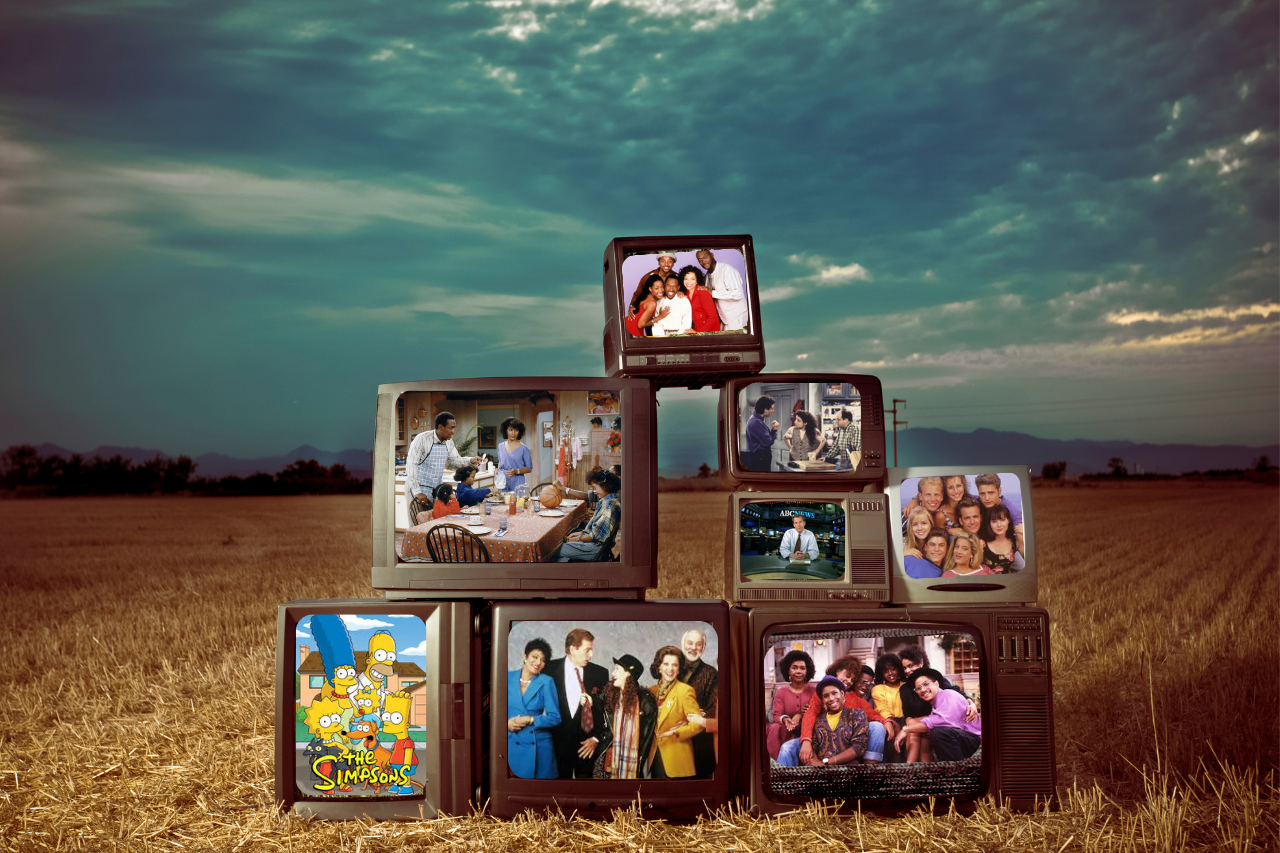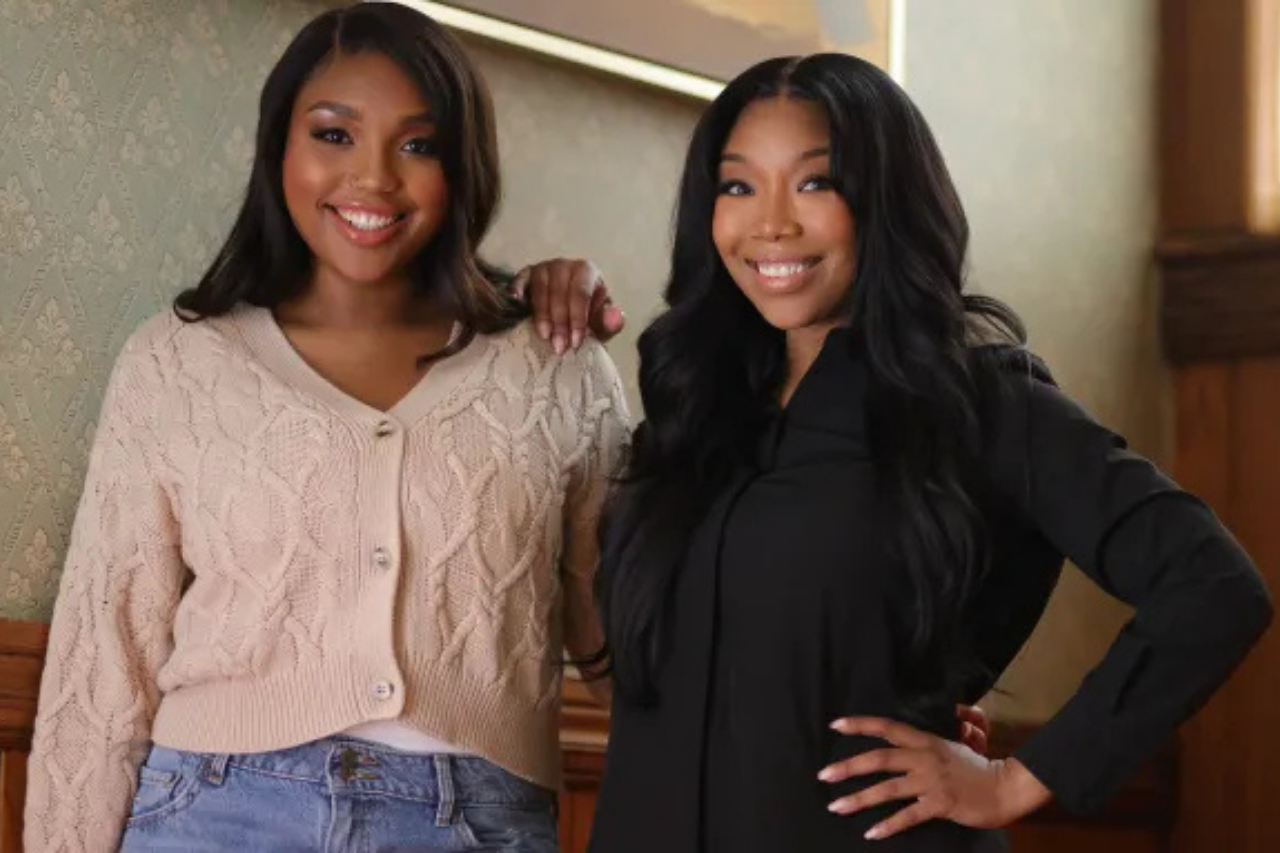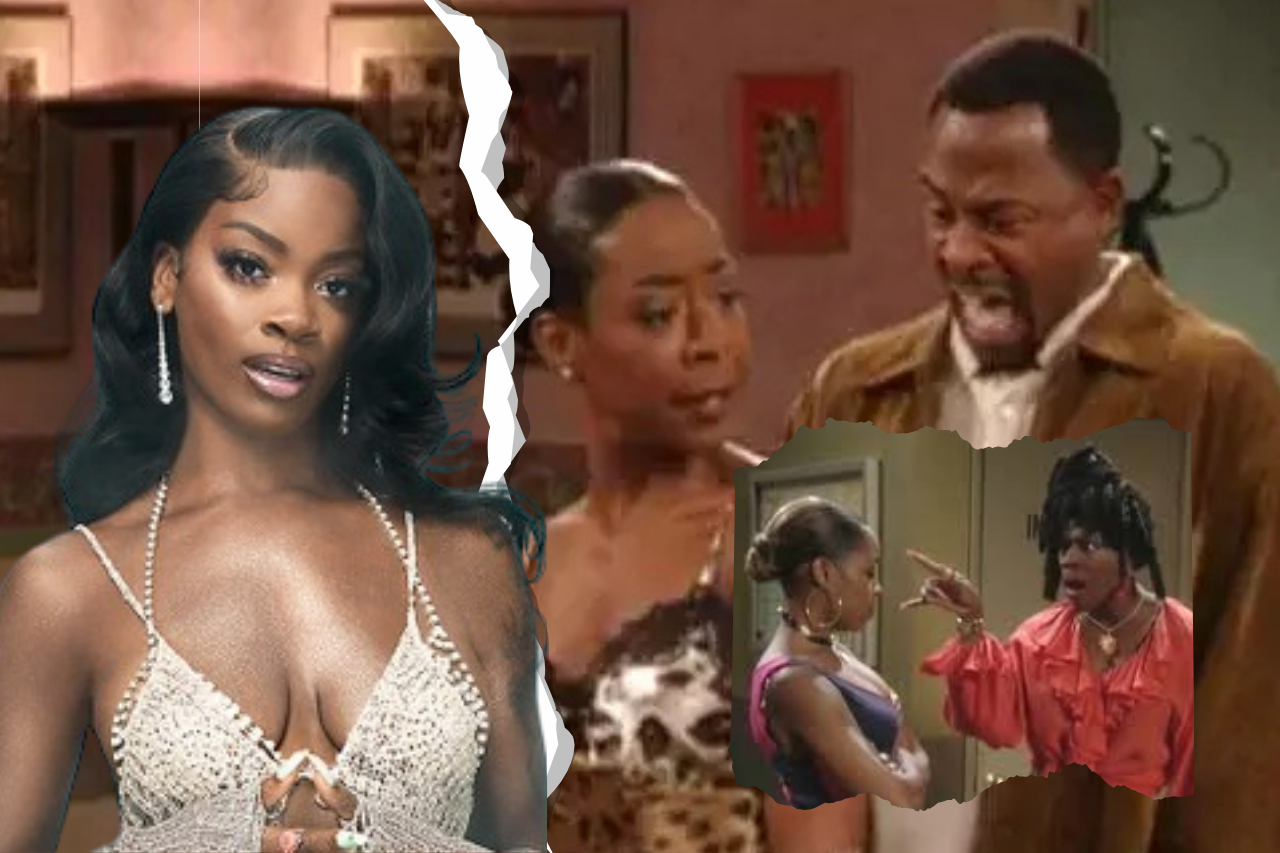If you’re Gen X, TV wasn’t just background noise; it was a weekly ritual with millions of people doing the exact same thing at the exact same time. Today, TV is bigger than ever by minutes watched, but more splintered than ever by platforms, prices, algorithms, and release schedules. Streaming officially overtook the combined share of cable and broadcast in May 2025, a symbolic flip that explains a lot about the ache for “how TV used to feel.”
Appointment TV made Thursday “Must See TV” and Friday “TGIF” into social contracts. You watched live, or you were out of the conversation. That mass simultaneity produced finales that pulled audiences modern TV can’t match: 76.3 million watched Seinfeld’s 1998 goodbye, and 52.5 million watched Friends sign off in 2004, numbers that crystallize the scale of a true monoculture.
Today, the monoculture has fractured. The internet and on-demand viewing turned one giant watercooler into thousands of niche chat threads. Cultural critics have been calling time on monoculture for years, and while event TV still happens, it’s the exception, not the norm.
Gen X grew up in an era when syndication made shows live forever on local stations. In streaming, profitability pressures push in the opposite direction: catalogs rotate, shows get yanked, and seasons disappear after brief runs. Executives openly admit they’re auditing libraries for cost savings; removals can even be treated as tax write-downs. For viewers, that means fragile access to the stories they love.
At the same time, the supply of new scripted series has cooled from “Peak TV.” FX’s John Landgraf reported a 14% drop in adult scripted originals in 2023 (to 516 series), reflecting strike disruptions and a more disciplined spend. Fewer at-bats make it harder for any one show to become a universal touchstone.
The core habit changed. In 2025, 83% of U.S. adults use streaming services, but only 36% still pay for cable or satellite. On average, households maintain four paid streamers, and costs are rising (up 13% year over year to $69/month on average). Users cancel and re-subscribe strategically; nearly half of those who churn return within a year. The result: everyone’s queue is different, and shared viewing lines up less often.
Even the feel of an episode changed. Netflix’s own team notes the “Skip Intro” button gets pressed 136 million times per day, an emblem of binge-speed norms that compress the once-cherished rhythm of theme songs and credits.
Gen Xers, often branded the original “latchkey” cohort, formed identity around media shared with siblings, cousins, and neighborhood friends after school and on weeknights. That model built an everyday community; it also delivered representation that mattered. The 1990s brought an unprecedented wave of Black-led sitcoms (A Different World, Living Single, Martin, Moesha, Sister, Sister, Girlfriends), which offered cultural belonging as well as laughs. Fragmentation hasn’t erased representation, but it has scattered audiences across platforms, windows, and paywalls, loosening the common ground those shows once created.
Psychology sharpens the point. The reminiscence bump, our tendency to encode especially vivid memories from adolescence and young adulthood, means TV from our teens and 20s feels uniquely “ours.” When today’s TV can’t replicate the social experience around those shows, nostalgia isn’t mere sentimentality; it’s how memory works.
Today’s landscape isn’t worse, it’s different (and less shared).
There’s more to watch than ever, and streaming has elevated incredible voices across race, gender, geography, and genre. But the macro facts explain the elegy:
- Streaming dominates usage (46% in June; broadcast+cable 41.9%), but in dozens of walled gardens, not three broadcast nets.
- Cable’s footprint keeps shrinking while streaming choice (and confusion) grows.
- Budgets and slates are tightening, reducing the odds of breakout consensus hits.
- Libraries feel impermanent, undermining the long tail that once made classics easy to find.
If you’re Gen X, you’re not just missing a handful of shows; you’re missing the conditions that made TV a synchronized, communal ritual, but there is a bright side.
- FAST services (free, ad-supported TV) are quietly rebuilding channel-surfing vibes. Tubi alone now claims 100Mmonthly users and 2.2% of all U.S. TV minutes, proof that lean-back, free, and familiar still resonates.
- Multiplatform releases (linear + streaming) can spark broader conversation than a single-app drop. Nielsen’s Gauge reports consistently show distributors gaining share when they spread content across channels.
- Event windows—weekly rollouts, live specials, finales with coordinated watch parties, still create that “see you tomorrow at the watercooler” energy, just in smaller communities.
Gen X’s golden age wasn’t only about better writing or bigger laughs. It was about togetherness, the comfort of knowing millions were humming the same theme song at 8:00 p.m. on a Thursday. Today’s ecosystem delivers abundance, but in silos. That’s why so many Gen Xers feel they’ve lost something essential: not the content, but the commons.
If you curate watch-along nights, lean on FAST for easy reruns, and pick a weekly show to “appointment” with friends—text threads, Zooms, living-room potlucks, you can rebuild a little of that commons again. It won’t be 1998. But it can still be special.



